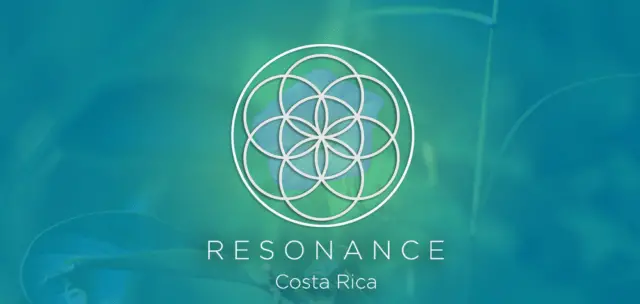On the morning of Friday, September 26, various institutions launched a guide for investing in tourism in Costa Rica. This is a consultation document that will be available to thousands of investors around the world.
The document was created by the United Nations Tourism Office (UN Tourism) and the Development Bank of Latin America and the Caribbean (CAF). The Foreign Trade Promotion Agency (Procomer) and the Costa Rican Tourism Institute (ICT) participated.
Five reasons to choose Costa Rica
The document presents potential investors with five reasons to choose the country when doing business:
1. Exceptional Biodiversity
According to the guide, Costa Rica is world-renowned for its biodiversity. Although it only represents 0.03% of the world’s territory, it contains 6% of its biodiversity, representing more than 500,000 species.
Another notable fact is that nearly 60% of the country’s territory is forested. “This biodiversity is not only a national symbol, but also a strategic asset for investors in the tourism sector, as it enables the development of a wide range of tourism products year-round that adapt to all types of visitors,” says the guide released this Friday.
2. A benchmark for sustainable development and tourism
This characteristic relates to the design of responsible experiences in harmony with nature. It is also linked to social advances linked to the field of tourism. Topics such as access to drinking water, renewable energy, and the “Essential Costa Rica” country brand are also mentioned in the guide.
“All of this makes the country a highly competitive destination for investments seeking to combine economic profitability with positive impact and long-term sustainability,” the document states.
3. Highly Qualified Human Talent
The report highlights that Costa Rica has a literacy rate of 97.8%, one of the highest in Latin America. It also highlights a young and skilled workforce. Finally, its people are recognized for their warmth, hospitality, and commitment to quality of service. It also notes that there is a regulatory framework that allows for academic autonomy.
Furthermore, it notes that there are a variety of tourism training programs, including those offered by the National Learning Institute (INA), the State Distance Education University (UNED), and the University of Costa Rica (UCR), among others.
4. Competitive Tax Incentives
The guide also indicates that Costa Rica has a solid and highly attractive fiscal environment for tourism investors, thanks to instruments that reduce costs.
Some of these instruments are:
Tourism Development Incentives Law (Law No. 6990)
Law Regulating the Development and Execution of the Gulf of Papagayo Tourism Project (Law No. 6758)
Free Trade Zone Regime
Law to Strengthen Territorial Competitiveness
Other elements that help in this area are the Single Window for Investment (VUI) and technical assistance and financing agreements.
5. Political Climate and Stable Economic Environment
Political and macroeconomic stability is the fifth element highlighted in the guide launched for Costa Rica. The document indicates that this is one of the strongest pillars of the value proposition.
Some of the elements highlighted in this section are the rule of law, regulatory quality, government efficiency, and control of corruption. Furthermore, the country is rated as having high human development and has shown resilience in the face of recent emergencies, the guide notes. It also highlights that the country is a member of the World Trade Organization (WTO) and the Organization for Economic Cooperation and Development (OECD).
“This robust institutional environment, coupled with a public policy focused on productive development and innovation, positions the country as a safe, reliable, and strategic destination for tourism investment projects,” the document states.
“Come, grow with us,” says Minister of Tourism
Minister of Tourism William Rodríguez participated in this Friday’s event. The leader did not miss the opportunity to urge the population to stop focusing on the number of tourists arriving in the country and the dollars they generate. This is due to a reduction in tourism activity in Costa Rica during 2025, after a record year in 2024.
“It’s a document we’re telling the world, and especially those who want to come and invest in Costa Rica: come, grow with us, come, enter an economic world,” said Rodríguez.
“Tourism in Costa Rica is purposeful, and we will continue to say that constantly. Let’s stop counting only the tourists who come in. The work that tourism represents, the work it does, is not measured solely by the number of people or the amount of dollars; it’s a highly social activity. Tourism, more than an economic activity, was born as a social activity,” said the official.

– Advertisement –
Source link
TCRN STAFF



